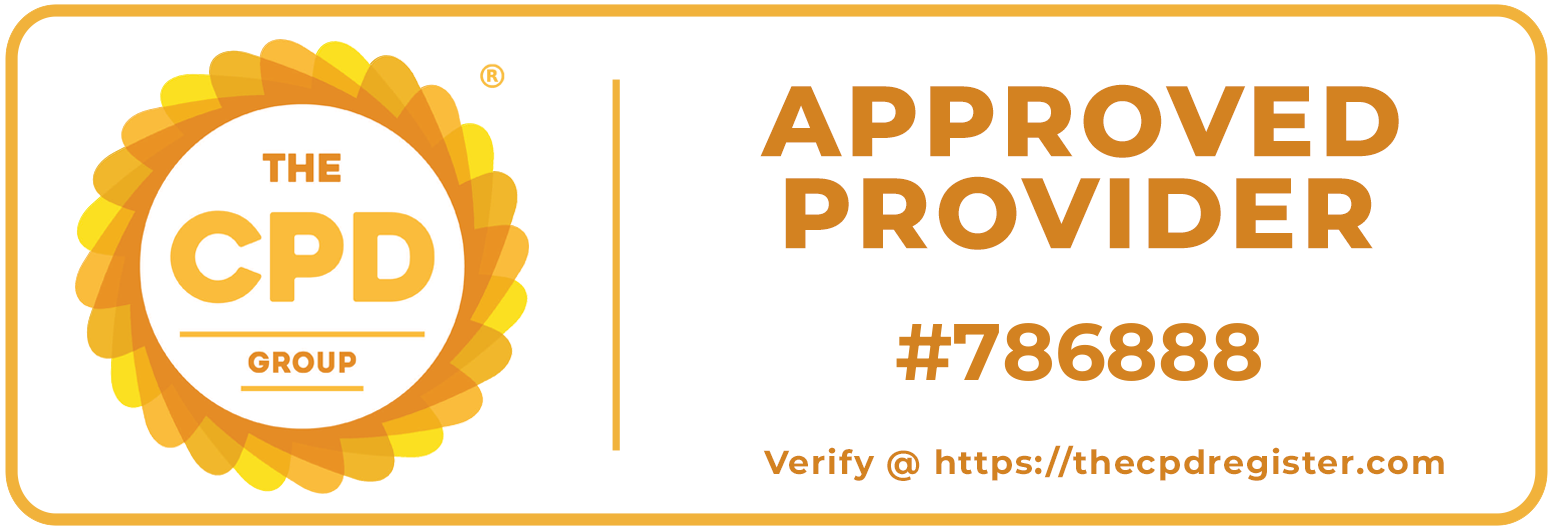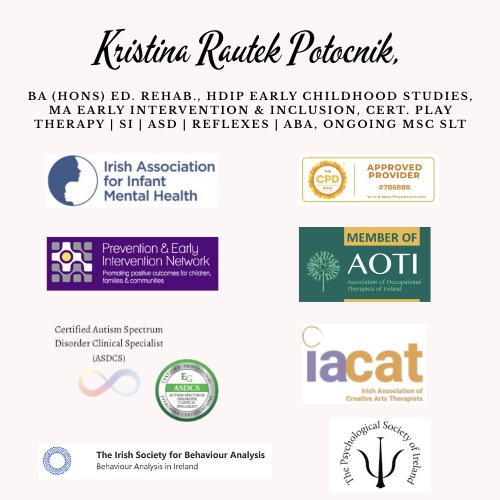How to Help Your Child Build a Positive Self-Image

Author: Kristina Rautek Potocnik, BA (Hons) Ed. Rehab., HDip Early Childhood Studies, MA Early Intervention & Inclusion, Cert. Play Therapy | SI | ASD | Reflexes, ongoing MSc SLT
Children begin to form their self-image very early in life. This means they start asking themselves questions like: “Am I good enough?”, “Can I do this?”, “Is the world safe?” – even if they don’t say these questions out loud. They find the answers through their everyday experiences and the messages they receive from people around them, especially from parents, grandparents, aunts, uncles, and later, friends.
By the age of 12, most children already have a basic opinion about themselves and the world. If they often hear words of trust, support, and love, they are more likely to feel confident and capable. But if they often hear criticism, doubt, or too much help (even when they don’t need it), they may start to think they are not good enough or that they always need others to do things for them.
A child with low self-esteem might feel unsure about themselves. This can make life more difficult – from starting school, making new friends, or even trying new things. They may avoid challenges or feel afraid to fail.
There are some common signs that a child has a poor self-image. For example, they may talk badly about themselves, always try to please others, feel nervous about mistakes, or want to be perfect all the time. Some children become too quiet, while others act out or try to get attention in negative ways. These are not just “bad behaviours” – they are ways children show that they are not feeling okay inside.
Parents cannot protect their children from every problem, and they don’t need to. But they can be their child’s biggest support. This means showing patience, love, and belief in the child – especially in difficult moments.
For example, if your child is trying to open a piece of tape and is struggling, you might want to help right away by saying: “Let me do it, that’s too hard.” But when we do this, we might send the message: “I don’t think you can do it.” Instead, you could say: “I see you’re really trying!” or “You’re being very patient.” This gives the child a chance to try, learn, and feel proud when they succeed.
Sometimes, the child might feel frustrated or upset when something is hard. That’s normal. You don’t need to fix everything. Just being there, showing understanding, and giving them time helps them learn how to deal with hard moments. This builds strength and trust in themselves.
Another important part of building a positive self-image is setting clear rules. Children need limits. When you ask them to tidy up, wait their turn, or do homework, you are helping them learn about responsibility and structure. Even if they don’t like it, these rules show that you believe they are strong and able.
If parents are not sure about the rules or change them often, children can feel lost or unsafe. This may cause fear, stress, or even anger. That’s why it’s important to stay calm, clear, and kind when setting rules.
In the end, building a good self-image means helping your child believe: “I am important.”, “I can try.”, “It’s okay to make mistakes.” Children who grow up with love, respect, and clear limits are more likely to become happy, confident, and strong adults.
You don’t have to be a perfect parent – just a present one. Show your child that you see them, hear them, and believe in them. That is the most powerful gift you can give.
Latest Posts
- How children make sense of the world through their senses
- How your baby learns about the world through their senses
- Helping your child grow stronger through movement and play
- Understanding How Early Intervention Helps Children Learn, Move, and Connect
- How to Recognise Tactile Defensiveness and Help Your Child Feel Safe
- Understanding Feeding Challenges and How to Support Your Child at Home
- Let’s Talk Sitting: Exploring Floor Seating Options
- Retained Primitive Reflexes: The Hidden Cause Behind Developmental Struggles
- Where Curiosity Blossoms: How Children's Play Nurtures Growth for All
- Helping Your Child Through Stress: A Gentle Guide for Parents
- Sweet Little Lies – How to Recognise and Respond with Care
- Chores Are More Than Just Tasks – They’re a Tool for Growing Independence, Focus, and Confidence
- How to Help Children Develop Emotional Intelligence
- Blending Technology and Care: How VR Meta Quest Supports Children at NeuroNest
- A simple guide for parents who want to raise confident, happy children
- Setting Boundaries with Love: A Simple 3-Step Guide for Parents
- Understanding Behavior Through the Nervous System
- A Compassionate Lens on Dysregulation in Non-Speaking Autistic Individuals
- Supporting Development Through Movement: The Role of the Swing in Early Intervention
- Blending Tradition and Innovation: How NeuroNest Supports Your Child’s Unique Journey
- When Movement Meets Innovation: Supporting Child Development with GoBalance
- Why Visual Perception Matters for Everyday Life and Development
- Benefits of Chess in Early Intervention
- Building Healthy Nutrition from the Start
- A Journey Back to Your True Self
- Supporting Your Child’s Hand Skills for Confident Writing
- Blending the Best of Both Worlds
- Helping Toddlers Eat Well: A Parent’s Guide
- Why Tummy Time Matters for Your Baby's Development
- Helping Your Child Build Everyday Independence
- Who Are the Disconnected Kids?
- From First Tries to Automatic Habits: Understanding the Stages of Skill Learning
- Why a Child’s Level of Alertness Matters for Memory and Learning
- Early brain development starts before birth
- Why Slowing Down, Adapting Tasks, and Adding Breaks Helps Children Learn Better
- Why ADHD, Autism, Dyslexia and Other Challenges Need a New Approach
- The surprising power of copying in child development
- Books are more than just language tools—they’re powerful allies in sensory and motor development.
- Rethinking sensory support: moving beyond expensive rooms toward everyday understanding.
- Understanding how fear develops in a child’s brain
- Understanding how an early baby reflex can affect your child’s daily life
- A gentle start into baby development through movement and bonding
- A child-centred, research-informed approach that uses the power of play to support communication, emotional regulation, motor development, and meaningful growth from infancy to twelve years.
Our Partners




Our Memberships


